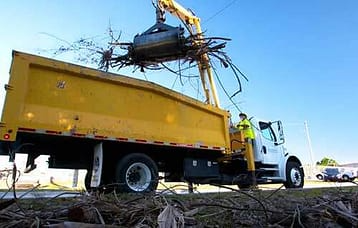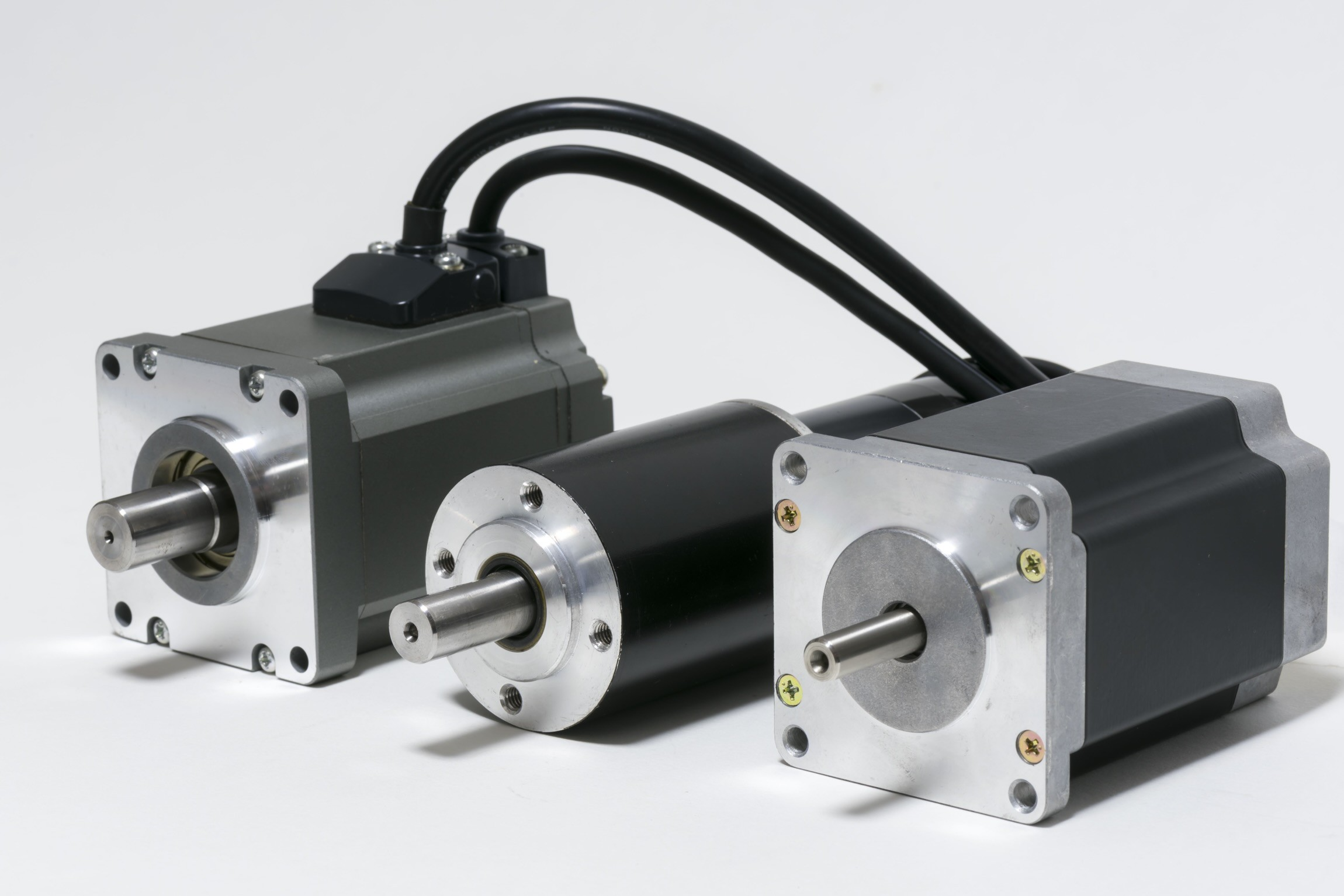How Grapple Loaders Improve Storm Cleanup Efficiency
Introduction
Storms can leave behind massive amounts of debris, creating hazardous conditions for communities. Clearing fallen trees, damaged infrastructure, and other wreckage quickly is crucial to restoring normalcy. One of the most effective solutions for post-storm cleanup is the use of grapple loaders. These powerful machines are designed to handle heavy debris efficiently, making them an essential tool for municipalities and contractors involved in disaster recovery.
The Role of Grapple Loaders in Storm Cleanup
Grapple loaders are specialized trucks equipped with hydraulic arms and strong gripping mechanisms. They are particularly useful in storm cleanup for the following reasons:
- Efficient Debris Removal – With their powerful hydraulic systems, grapple loaders can quickly lift and load large debris, reducing cleanup time significantly.
- Minimizing Manual Labor – These machines eliminate the need for extensive manual labor, making cleanup efforts safer and more cost-effective.
- Versatile Applications – Grapple loaders can handle a wide variety of materials, including tree limbs, building debris, and general waste.
- Accessibility in Disaster Areas – Unlike traditional loaders, grapple trucks can navigate through streets filled with debris, ensuring cleanup operations can commence without delay.
How Cities Across the US Utilize Grapple Loaders
Many cities across the United States rely on grapple loaders to enhance their storm response efforts. Here are some examples:
- Florida: With frequent hurricanes, Florida municipalities deploy fleets of grapple loaders to clear roads and restore power lines swiftly.
- Texas: After severe storms and tornadoes, grapple loaders help remove debris from residential and commercial areas, ensuring safety.
- Louisiana: Following hurricanes, Louisiana’s emergency management teams use grapple trucks to expedite debris collection and disposal.
- Midwest States: Areas prone to tornadoes utilize grapple loaders for post-storm cleanup, reducing the time it takes to rebuild communities.
Innovative Features of Modern Grapple Loaders
Grapple loaders have evolved with technological advancements to improve efficiency. Some of the innovative features include:
- Remote-Controlled Operations – Enhancing precision and safety by allowing operators to control the loader from a distance.
- High-Capacity Lifting Mechanisms – Increasing the weight and volume of debris that can be lifted per load.
- Advanced Hydraulic Systems – Improving speed and flexibility for faster cleanup operations.
- Durable Design – Built to withstand harsh environments and heavy workloads, ensuring long-term reliability.
The Environmental Benefits of Using Grapple Loaders
Beyond their efficiency, grapple loaders contribute to environmental sustainability in the following ways:
- Reducing Landfill Waste – By efficiently sorting and transporting debris, grapple loaders help optimize recycling efforts.
- Lowering Carbon Footprint – Fewer trips to disposal sites mean reduced fuel consumption and emissions.
- Minimizing Soil Disruption – Unlike bulldozers, grapple loaders precisely pick up debris without disturbing the surrounding soil and vegetation.
Choosing the Right Grapple Loader for Storm Cleanup
Selecting the right grapple loader depends on factors such as:
- Load Capacity – Ensuring the machine can handle the volume of debris expected.
- Maneuverability – Choosing a model that can navigate through tight spaces in urban or rural areas.
- Durability – Investing in high-quality materials that withstand extensive use.
- Customization Options – Some companies, like Petersen Industries, offer customizable grapple loaders to meet specific operational needs.
Conclusion
Grapple loaders have become indispensable in storm cleanup operations across the United States. Their efficiency, versatility, and innovative features make them the preferred choice for municipalities and contractors involved in disaster recovery. By investing in high-quality grapple loaders, cities can ensure faster and more effective debris removal, ultimately helping communities recover more quickly after a storm.











Post Comment